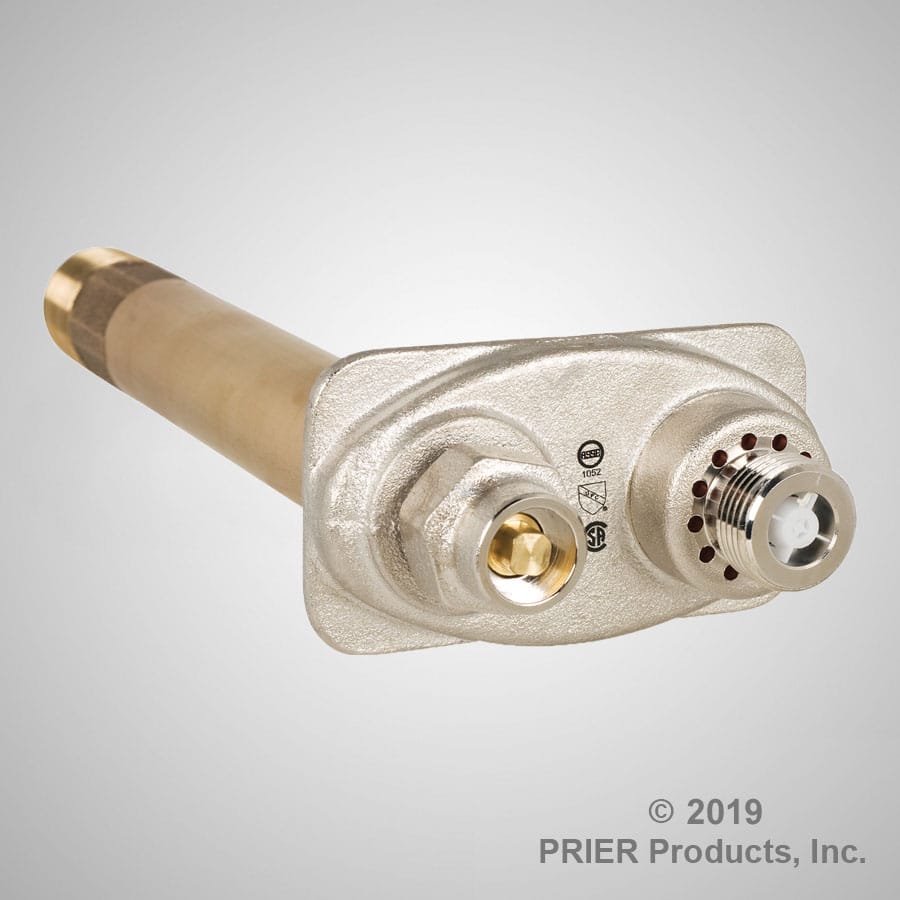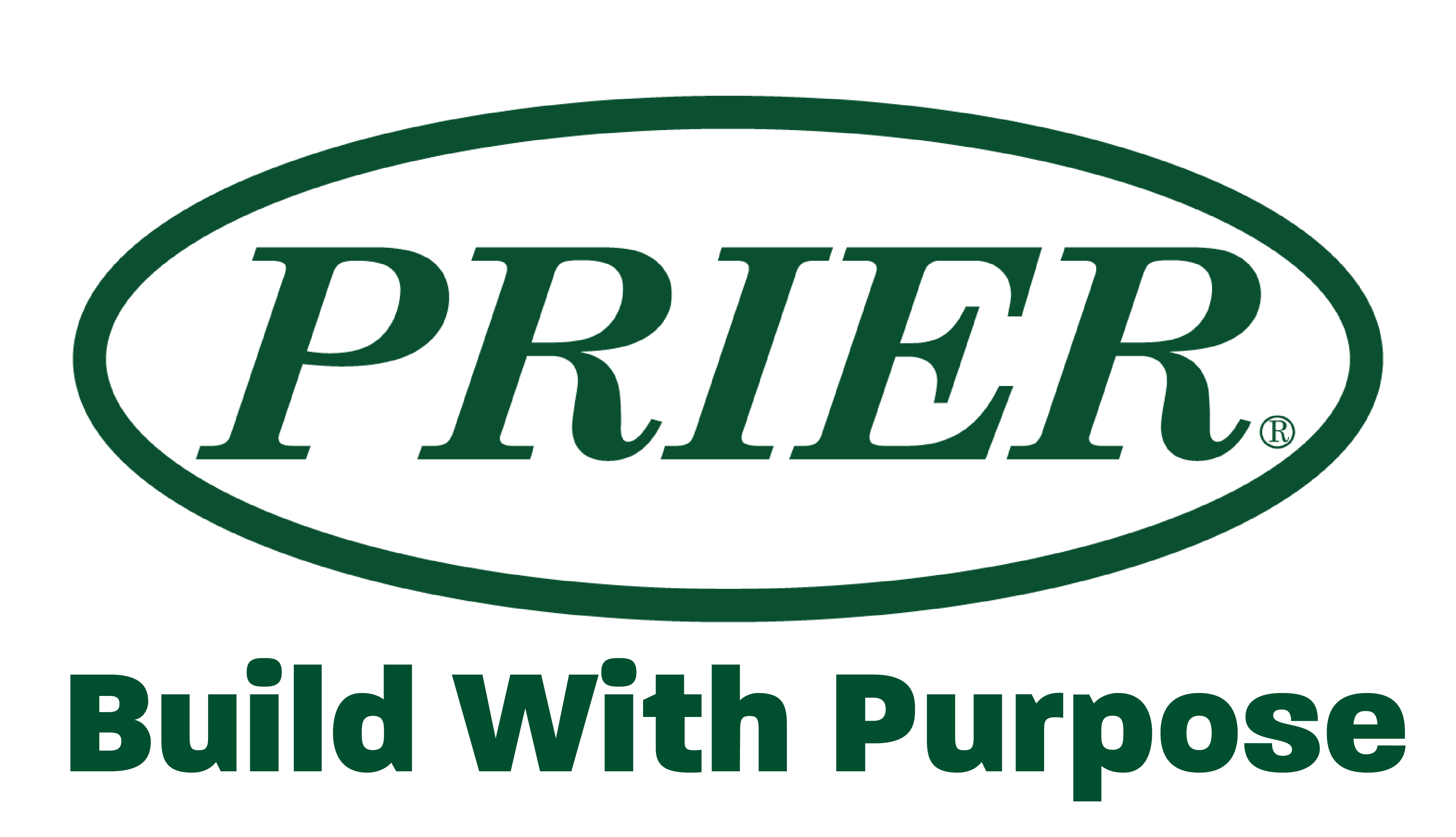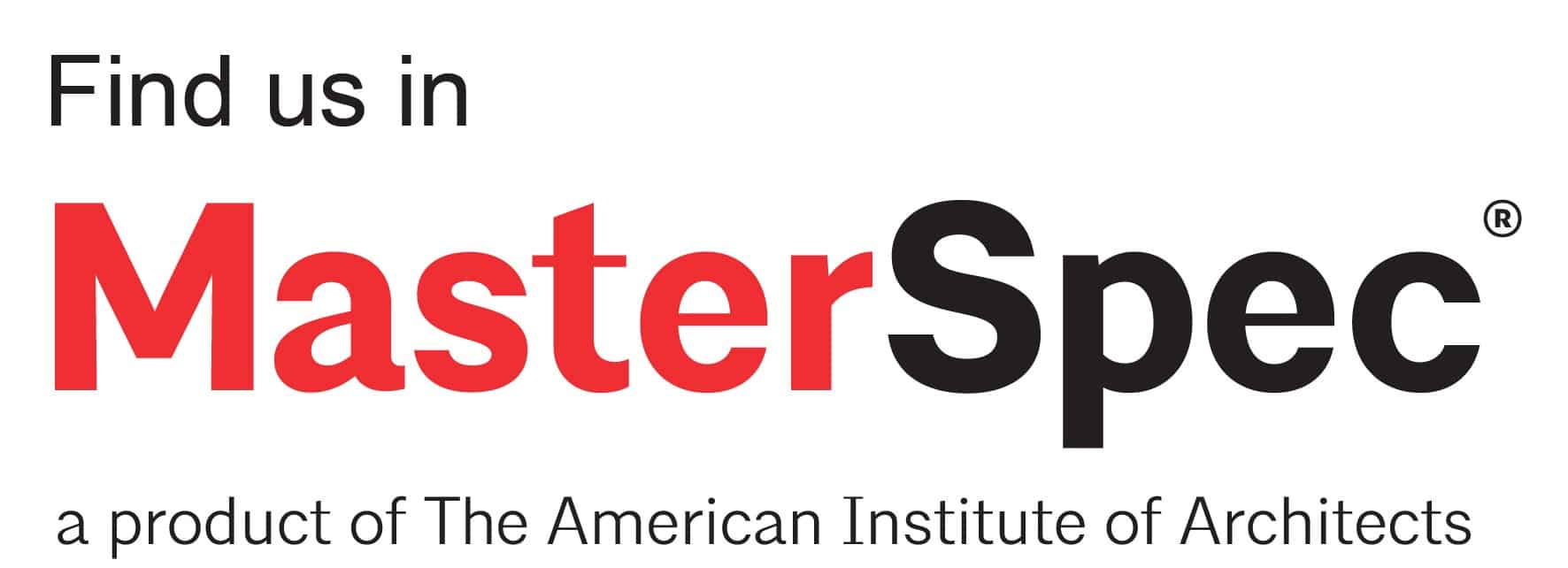C-634 & C-636 | Commercial Hydrant

PRIER C-634 provides a year round source of water to areas that are subject to freezing temperatures. The hydrant valve is connected to the supply piping in the heated portion of the structure, eliminating the possibility of freezing. To assure freeze protection, the hydrant will drain even with the hose attached and under pressure.
The integral vacuum breaker/backflow preventer provides protection against cross-connection with the potable water system, utilizing 2 check valves to prevent back pressure and a vacuum breaker to vent in the case of siphonage. This commercial wall hydrant is key operated, code approved, and flows up to 16 GPM. A removable operating key is provided to prevent unauthorized usage of the hydrant. No special installation tools are required.
Don't forget to check out all the box options or the round box.
Features
- Field testable as required by ASSE 1052, pressure rated to 125 PSI, temperature to 140°
- Satin nickel plated body maintains an attractive finish
- Multiple vent holes ensure proper draining and reduce problems associated with insect nesting
- Patented PRIER “triple seal” positive shutoff system offers triple redundancy to assure shutoff
- High flow rate, 16 gallons per minute at 25 PSI differential
- Same key operates box lock and hydrant
- Tested to 250,000 cycles; designed to last the life of the plumbing system
- Heavy pattern cast brass hydrant for use with or without brass box or aluminum box
- Heavy duty brass piping, significantly stronger than copper, with threaded and sealed joints
- Simple, solderless design and solid non-ferrous operating rod for long wear life
- Design enables valve to be easily secured to any type of inner wall, utilizing the provided clamping ring
- Integral 3/8”-16 mounting lugs on box provide easy and secure installation.
- Round Box (RB1) installs through 6” hole or 6” Schedule 40 PVC sleeve
- Patented PRIER quick opening and modulating design requires less force and fewer turns to operate
- Gasket prevents water and air intrusion into the building

